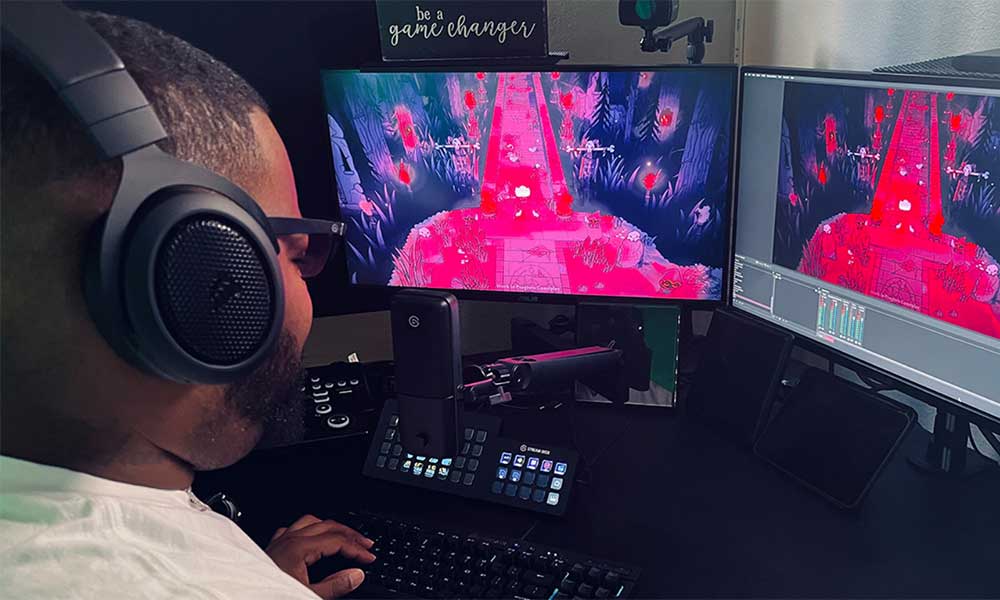Introduction
Video games can be expensive due to several factors involved in their development, production, and marketing. First and foremost, creating a high-quality video game requires a significant investment in talent and resources. Development teams composed of programmers, artists, designers, writers, and other professionals work for extended periods to create intricate and immersive game worlds, engaging narratives, and polished gameplay mechanics. The complexity of modern games, with their detailed graphics, realistic physics, and intricate systems, contributes to the rising costs.
Moreover, the advancement of technology plays a role in increasing game development expenses. As hardware capabilities improve, game developers strive to harness the full potential of these platforms, necessitating additional time and resources. The demand for cutting-edge visuals, realistic animations, and immersive audio further adds to the production costs.
Another significant expense comes from marketing and promotion. With the highly competitive nature of the gaming industry, publishers invest substantial amounts in advertising campaigns, including TV spots, online marketing, events, and public relations efforts, to ensure maximum visibility and attract a wide audience. These marketing costs, combined with distribution expenses and retail partnerships, contribute to the overall price of the game.
Post Support
In fact, ongoing support and post-launch content updates have become an industry norm. Developers often release patches, updates, and downloadable content (DLC) to enhance and extend the gameplay experience, which requires continued investment in resources and personnel.
It’s important to note that while some games have high budgets, not all games are expensive. The industry encompasses a wide range of titles, including indie games developed by smaller teams with more limited budgets. The cost of a game ultimately depends on its scale, complexity, production values, marketing efforts, and the business model adopted by the developers and publishers.
List of Top 10 Most Expensive Video Games All Time
Grand Theft Auto V (Rockstar Games, 2013)
Estimated cost: $265 million: Grand Theft Auto V is an open-world action-adventure game developed by Rockstar Games. Renowned for its sprawling virtual world of Los Santos, the game captivated players with its engaging storyline, diverse characters, and immersive gameplay. With a budget of approximately $265 million, it stands as one of the most expensive video games ever created. The investment paid off handsomely as Grand Theft Auto V became a massive commercial success, breaking numerous records and earning billions of dollars in revenue.
Star Citizen (Cloud Imperium Games, NA)
Estimated cost: $300 million: Star Citizen, a highly ambitious space trading and combat simulator, holds the distinction of being one of the most crowdfunded video games in history. Developed by Cloud Imperium Games, it boasts an estimated budget of $300 million. The game aims to deliver an expansive universe with deep gameplay mechanics, including space exploration, trading, and first-person shooter elements. Its prolonged development time and continuous expansion have contributed to its significant budget.
Call of Duty: Modern Warfare 2 (Activision, 2009)
Estimated cost: $250 million: Released in 2009, Call of Duty: Modern Warfare 2 is a first-person shooter that redefined the genre. Developed by Infinity Ward and published by Activision, the game had a reported budget of $250 million. Modern Warfare 2 offered an intense and gripping single-player campaign, as well as a highly popular multiplayer mode. The massive investment in development and marketing paid off, as the game became a massive commercial success and solidified the Call of Duty franchise as a dominant force in the gaming industry.
Red Dead Redemption 2 (Rockstar Games, 2018)
Estimated cost: $230 million: Developed by Rockstar Games, Red Dead Redemption 2 is an epic open-world Western action-adventure game. With a reported budget of $230 million, the game raised the bar for immersive storytelling and realistic gameplay mechanics. Set in the late 1800s, it delivered a sprawling and meticulously crafted world that captivated players with its rich narrative, memorable characters, and stunning attention to detail. Red Dead Redemption 2 received critical acclaim and achieved remarkable commercial success upon its release.
Destiny (Activision, 2014)
Estimated cost: $500 million (including marketing budget): Destiny, a multiplayer online shooter developed by Bungie and published by Activision, had a reported budget of $500 million, which includes the development and marketing costs. This ambitious sci-fi game aimed to blend elements of first-person shooting with MMO-style gameplay. Its expansive universe, cooperative gameplay, and persistent online world drew significant attention. While the initial investment was substantial, Destiny went on to become a popular franchise with subsequent installments and expansions.
Final Fantasy VII Remake (Square Enix, 2020)
Estimated cost: $144 million: Final Fantasy VII Remake is a highly anticipated and visually stunning reimagining of the classic 1997 RPG. Developed and published by Square Enix, the game had an estimated budget of $144 million. With its breathtaking graphics, refined gameplay mechanics, and expanded storyline, the Remake captivated both new and longtime fans. The investment in recreating the beloved world of Final Fantasy VII paid off, as the game received critical acclaim and commercial success upon its release.
Tom Clancy’s The Division (Ubisoft, 2016)
Estimated cost: $133 million: Tom Clancy’s The Division, an open-world third-person shooter, was developed by Ubisoft. With a budget of approximately $133 million, The Division aimed to create a compelling post-apocalyptic setting in a devastated New York City. The game emphasized cooperative multiplayer gameplay, where players worked together to restore order and combat the threats plaguing the city. Its extensive development budget allowed for detailed environmental design, engaging gameplay mechanics, and a robust online infrastructure. The Division garnered positive reviews and achieved commercial success, spawning a sequel and establishing itself as a prominent franchise in Ubisoft’s lineup.
Call of Duty: Black Ops (Activision, 2010)
Estimated cost: $200 million: Call of Duty: Black Ops, developed by Treyarch and published by Activision, is an acclaimed first-person shooter set during the Cold War era. With a budget of around $200 million, the game delivered an intense single-player campaign along with a robust multiplayer experience. Black Ops introduced memorable characters and a captivating storyline that resonated with players. The significant investment in its development paid off, as the game achieved tremendous commercial success and became one of the best-selling titles in the Call of Duty franchise.
Halo 2 (Microsoft Game Studios, 2004)
Estimated cost: $120 million: Halo 2, developed by Bungie and published by Microsoft Game Studios, is a first-person shooter that made a significant impact on the gaming industry. With a budget of $120 million, the game continued the story of Master Chief and expanded the Halo universe. Halo 2 introduced groundbreaking multiplayer features that revolutionized online gaming on consoles, paving the way for future online multiplayer experiences. The game received critical acclaim and became a major commercial success, solidifying the Halo franchise’s prominence.
Watch Dogs (Ubisoft, 2014)
Estimated cost: $68 million: Watch Dogs, developed by Ubisoft, is an open-world action-adventure game that introduced players to a near-futuristic Chicago controlled by a central operating system. With a budget of $68 million, the game offered a unique hacking mechanic that allowed players to manipulate the city’s infrastructure and systems. Watch Dogs combined an engaging storyline with immersive gameplay, creating an intriguing and dynamic open-world experience. Despite some mixed reception, the game was commercially successful and spawned sequels in the following years.



